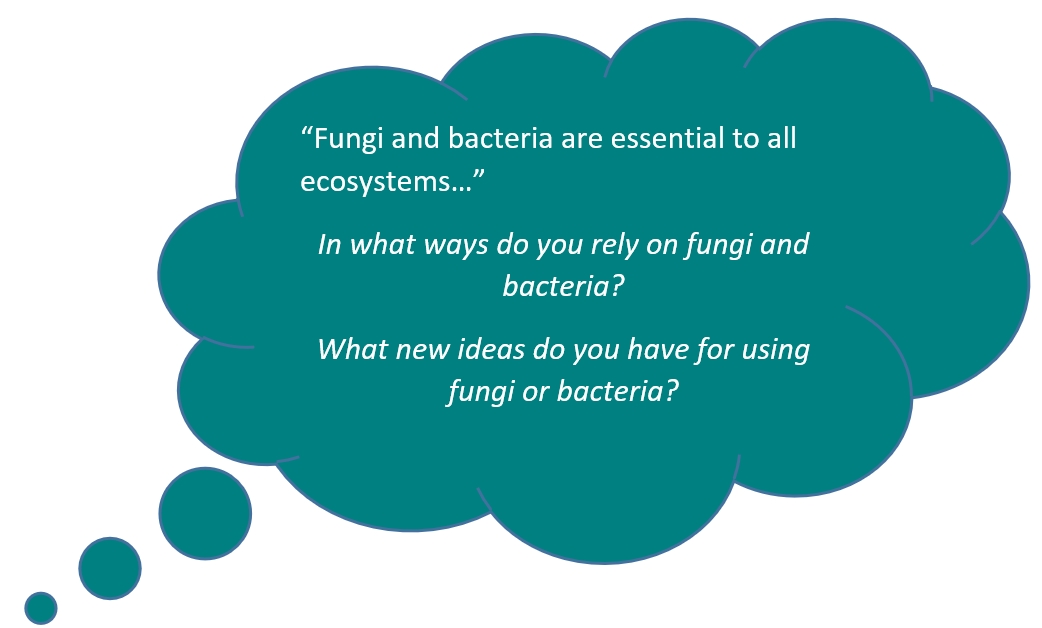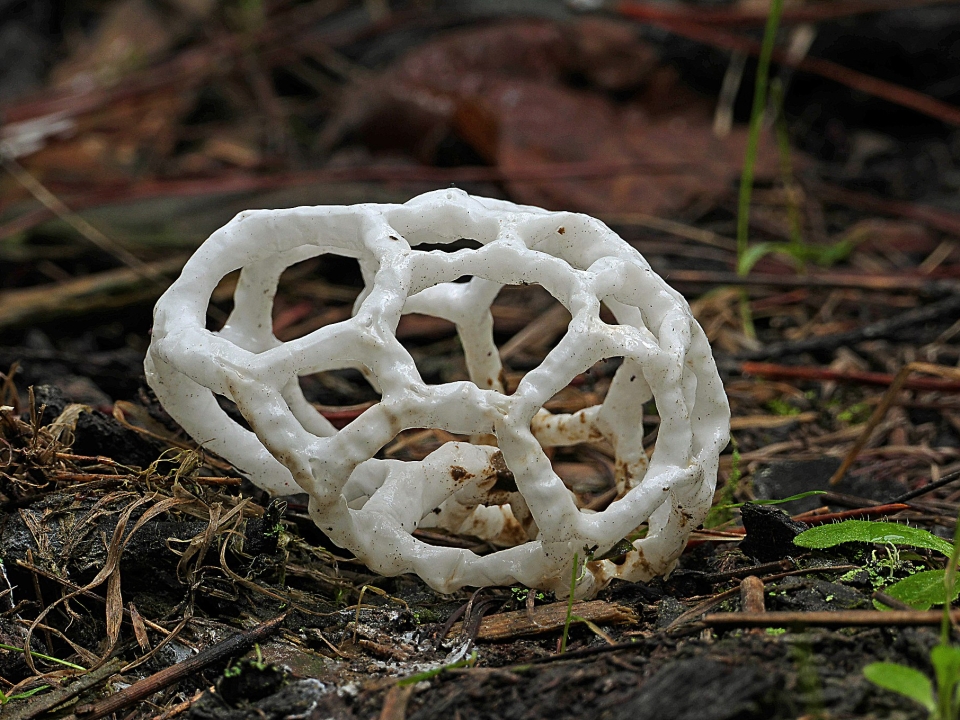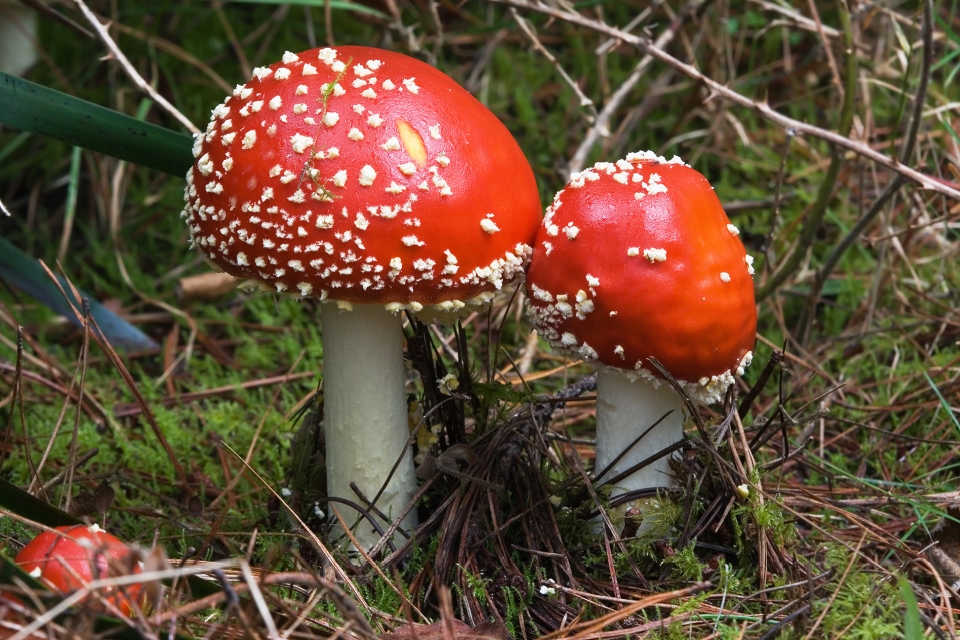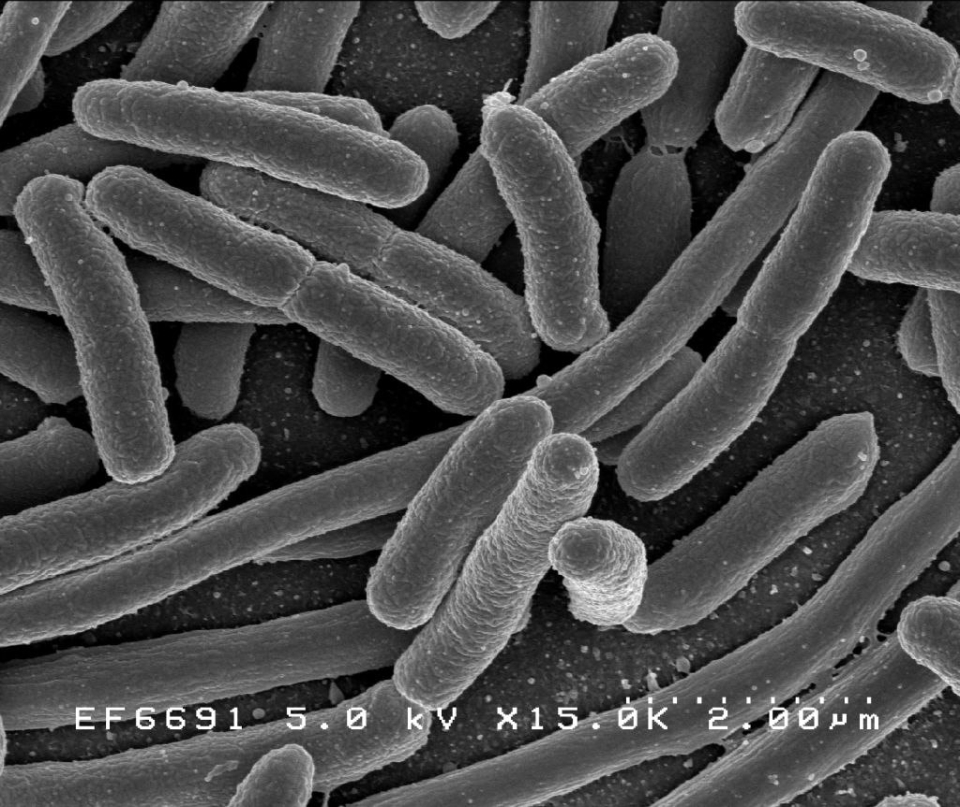Fungi and bacteria have important jobs. Some types of fungi and bacteria can break down dead plants and return nutrients to the soil. Other types can fix nitrogen in the soil and help plants get nutrients from the soil. Some groups of fungi and bacteria cause diseases in plants and animals.
Fungi in New Zealand
There are about 6,500 named species of fungi in New Zealand. Scientists think there are at least another 15,000 species yet to be discovered. About one-third of the known species of fungi in New Zealand have been brought here by people. About half of the species of fungi in New Zealand are endemic. Some, like the pukatea bracket fungus, are endangered.
What are fungi?
Fungi are not plants or animals. They form a separate kingdom. This kingdom includes:
- mushrooms
- toadstools
- puffballs
- yeast
- bread mould
- skin infections.
Fungi are mainly made of chitin, which also forms the shells of insects.
Where do they live?
Fungi live in most places. Many live underground and some live on dead wood. Other types grow on food or in animals, including people.
How do they live?
Unlike plants, fungi can't make their own food. They get food by breaking down things such as plant roots, leaves and wood. Most plants have fungi growing on their roots. The fungi helps the plant roots take up water and nutrients, while the fungi gets food.
Reproduction
Mushrooms and puffballs are the fruiting bodies of fungi. They make thousands of tiny spores that are spread by wind, raindrops or animals. When a spore lands, it may grow to form a new fungus.
Useful and harmful fungi
Many fungi are important because they break down dead material. Māori used the pukurau puffball as a painkiller, and for burns. They used another species as a fire-lighter. You can eat some mushrooms – but others can kill you.
Bacteria
You need a microscope to see bacteria. Bacteria are made up of a single cell. They are believed to be one of the first types of life to exist on Earth.
Bacteria have different shapes including spheres, rods and spirals. Bacteria live in many different habitats. Some bacteria can live where no other life can exist. Some bacteria live in areas with very high and very low temperatures. Other bacteria can live in very acidic conditions.
Bacteria are everywhere. There are about 40 million bacteria in a single gram of soil.
Essential bacteria
Without some bacteria, life on earth would be very different:
- Without bacteria, the earth would have no soil in which to grow plants.
- Bacteria living in the gut can help animals break down food.
- Some bacteria live on the roots of some plants. For example, on peas, beans and clover. These bacteria are able to ‘fix’ nitrogen from the air into a form that can be used by the plant.
 People can use bacteria to create food such as cheese, yoghurt, pickles, soy sauce and vinegar.
People can use bacteria to create food such as cheese, yoghurt, pickles, soy sauce and vinegar.
We are also able to use bacteria to break down our sewage and to clean up oil spills. Only a small handful of bacteria can cause disease.
Ready for a quiz? Try the "Fungi and Bacteria" interactive activity.







